Seasons Change: Autumn Lesson Plan
Check out this super Autumn lesson plan covering the science behind seasons! With a captivating explanation of Earth’s tilt and the help of interactive Legends of Learning games, teach your students how the seasons change. Don’t miss out on this free downloadable educational resource. Let’s dive in!
Seasons Change: Autumn Lesson Plan
Autumn is around the corner! Making this a great opportunity to delve into the science of seasons. The tilt of Earth’s axis compared to its orbit around the sun is the key to understanding why we experience winter, spring, summer, and fall.
The following is an abbreviated lesson plan, excerpted from our Eclipses and Seasons learning objective, found on the Legends of Learning platform.
Objective
Students will be able to:
1. Explain why Earth has seasons
2. Draw a model of Earth’s location during various seasons
Teacher Preparation
1) Prepare a short lecture on Earth’s tilt and seasons.
Cross-Cutting Concept Tip: Consider adding a dash of photosynthesis since diminishing autumn light triggers trees to shed their foliage.
2) Create Playlist 1, a 30-minute playlist in Legends of Learning with the following games found in the Eclipses and Seasons learning objective:
- Seasons and Eclipses Adventures
- Science Fair: Eclipse and Seasons
- Temple of Seasons
3) Create Playlist 2, a 10-minute playlist in Legends of Learning with 5 assessment questions from the Eclipses and Seasons learning objective
4) Make copies of Eclipses and Seasons Worksheet
Deliver A five-minute discussion on Earth’s Tilt and Seasons
Deliver a short lecture on Earth’s tilt. Take any questions before playing the games.
Launch Playlist
Directions
While playing the first game in Legends of Learning called Ms. Rose & Eclipse and Seasons, use what you learn to complete the diagrams and answer the questions below.
Seasons
Label the seasons in the Northern and Southern hemispheres at each location. Circle the correct answer:
- Question 1: It is summer for the hemisphere pointing (away from, towards) the sun.
- Question 2: It is winter for the hemisphere pointing (away from, towards) the sun.
- Question 3: When a hemisphere points towards the sun, its rays are (stronger, weaker) on that part of Earth, making it (hotter, colder).
- Question 4: When a hemisphere is pointing away from the sun, its rays are (stronger, weaker) on that part of Earth, making it (hotter, colder).
Evaluation (10 minutes)
1. Launch Playlist 2 for your students. When they finish the assessment questions, any time left is free to play!
2. Analyze student results to determine what concepts need to be a focus for reteaching.
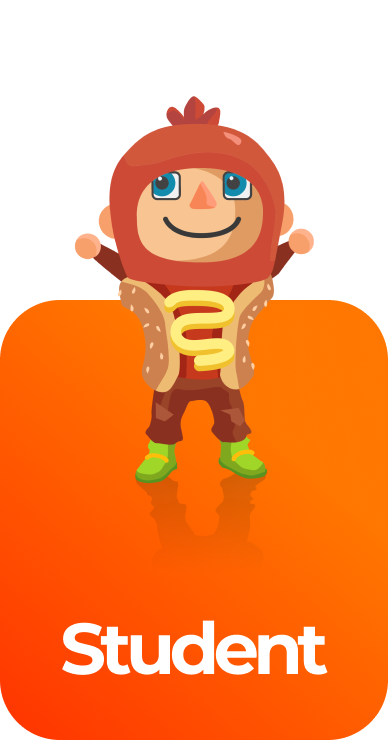
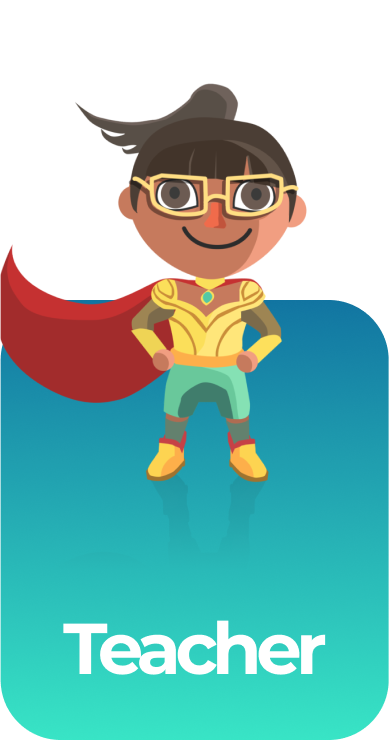
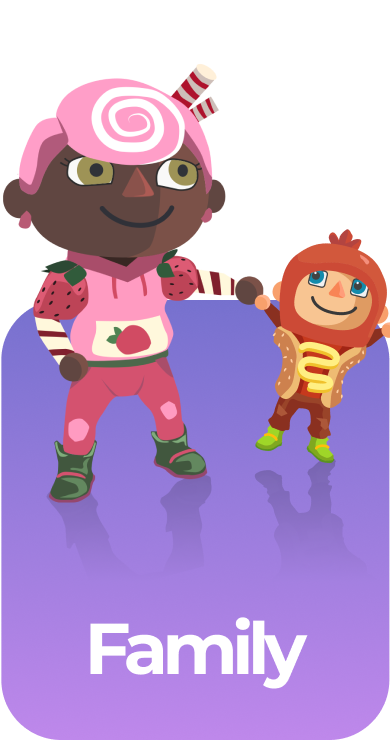
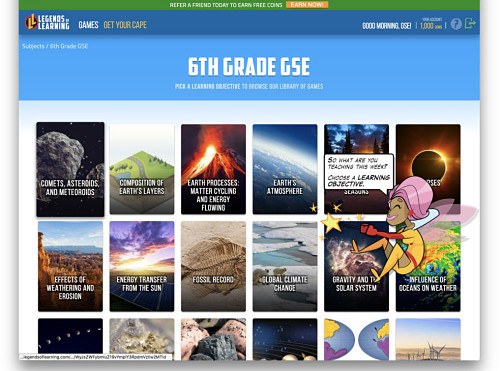
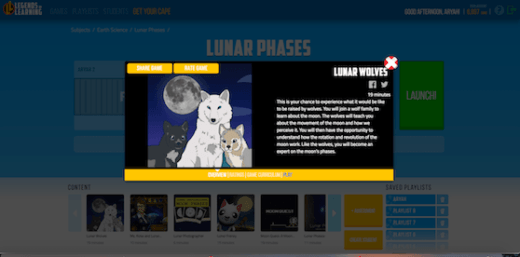
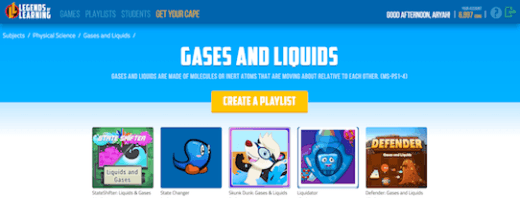


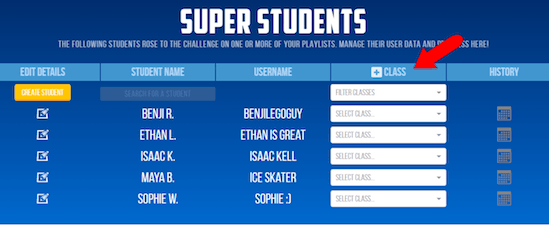



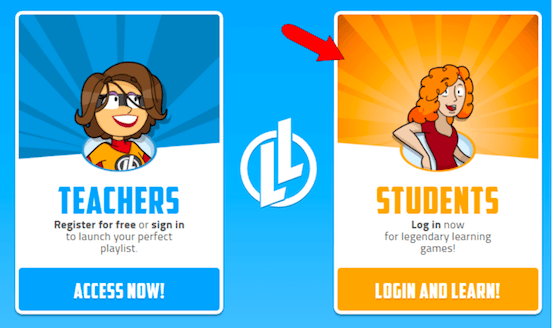
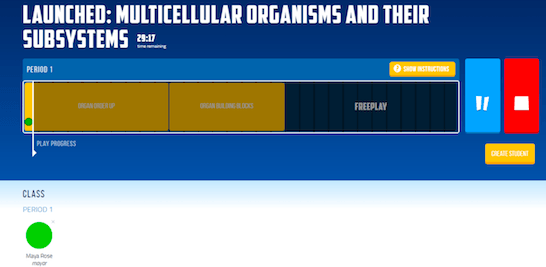
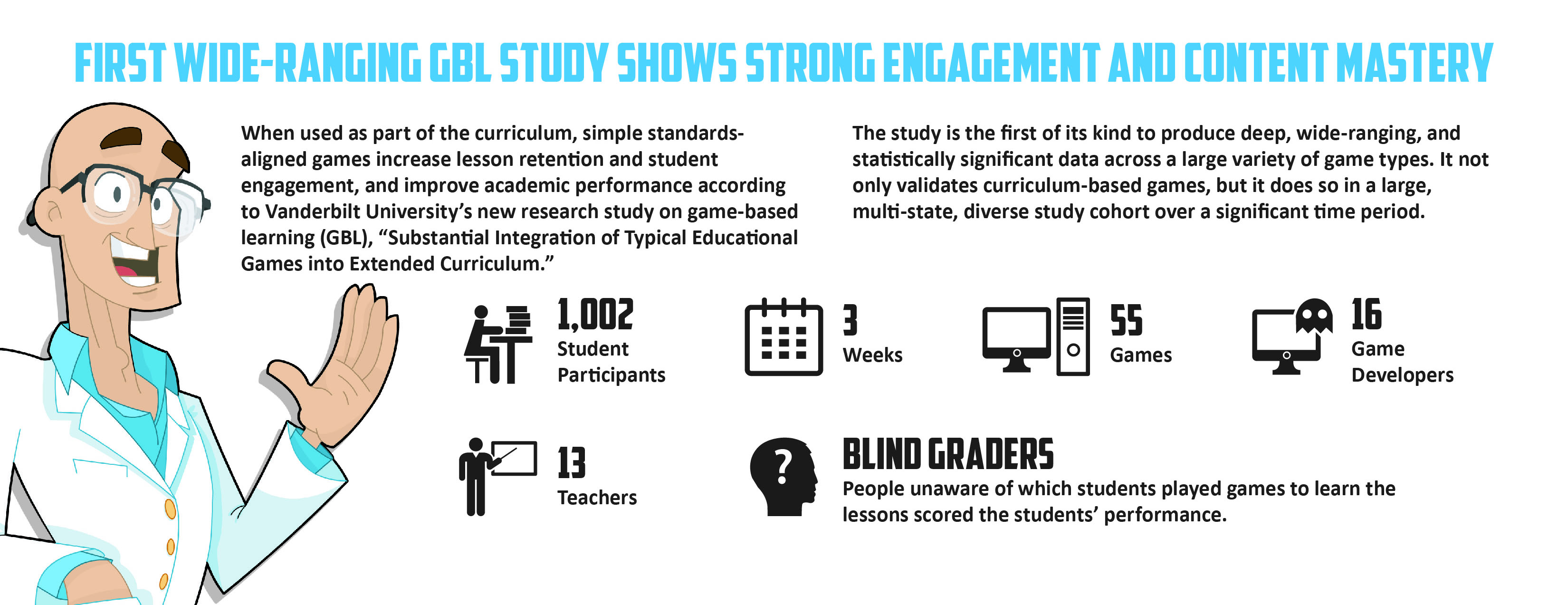
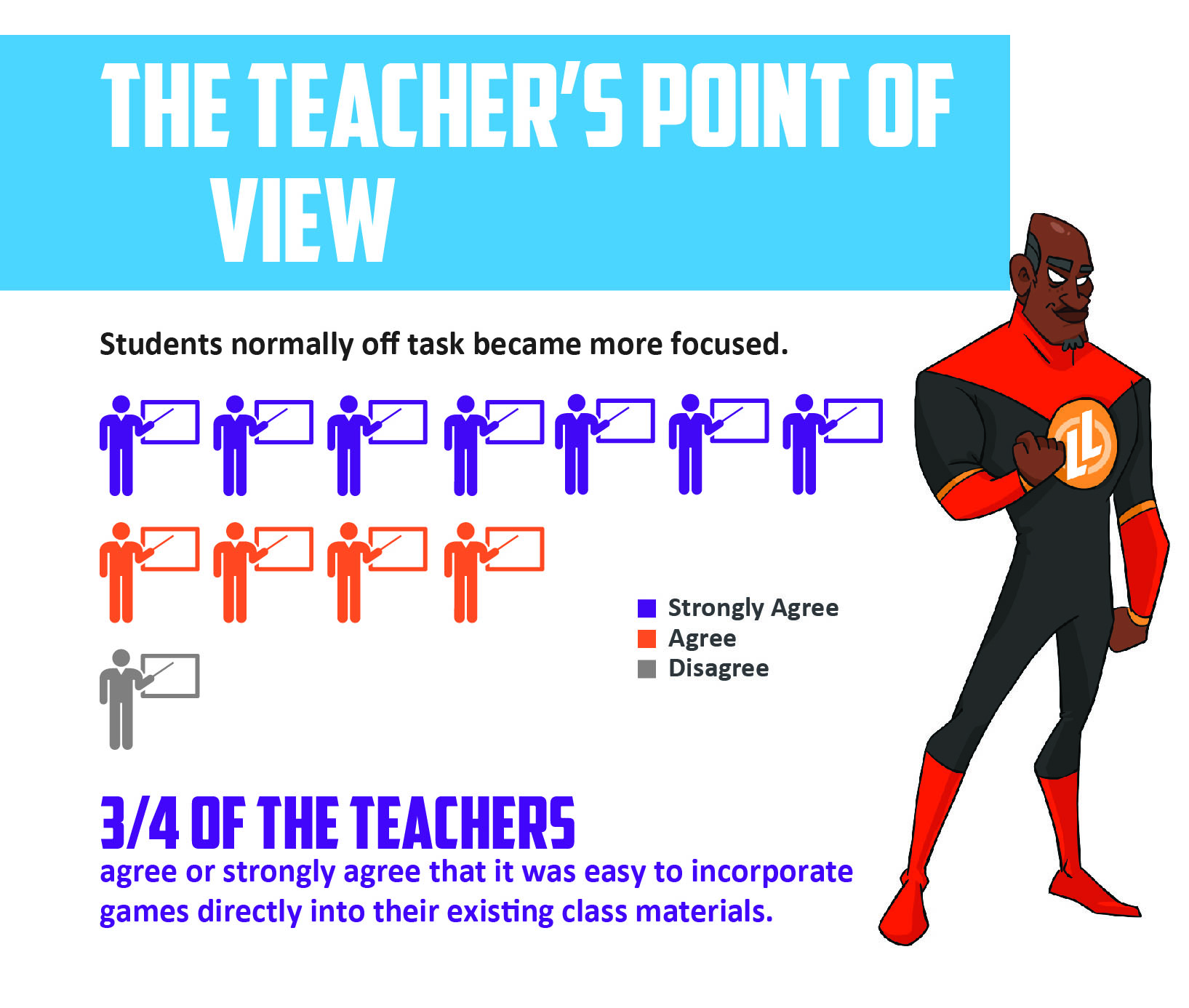
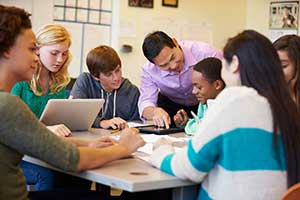 Making the shift from traditional learning to blended learning is daunting and impacts every stakeholder in a school community, including leaders, teachers, IT staff, students, and parents. As a result, the journey from old to new, from traditional to blended, must be a shared journey—one in which all stakeholders are engaged and all voices are heard.
Making the shift from traditional learning to blended learning is daunting and impacts every stakeholder in a school community, including leaders, teachers, IT staff, students, and parents. As a result, the journey from old to new, from traditional to blended, must be a shared journey—one in which all stakeholders are engaged and all voices are heard.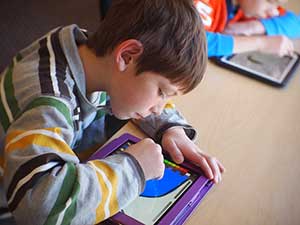
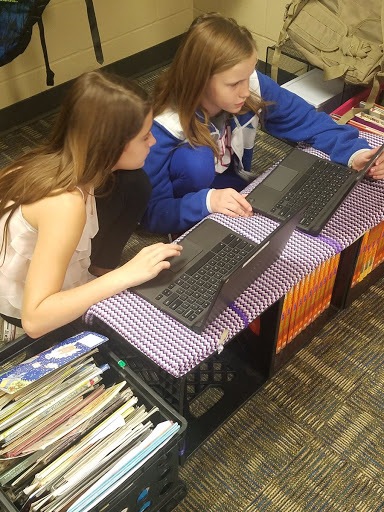
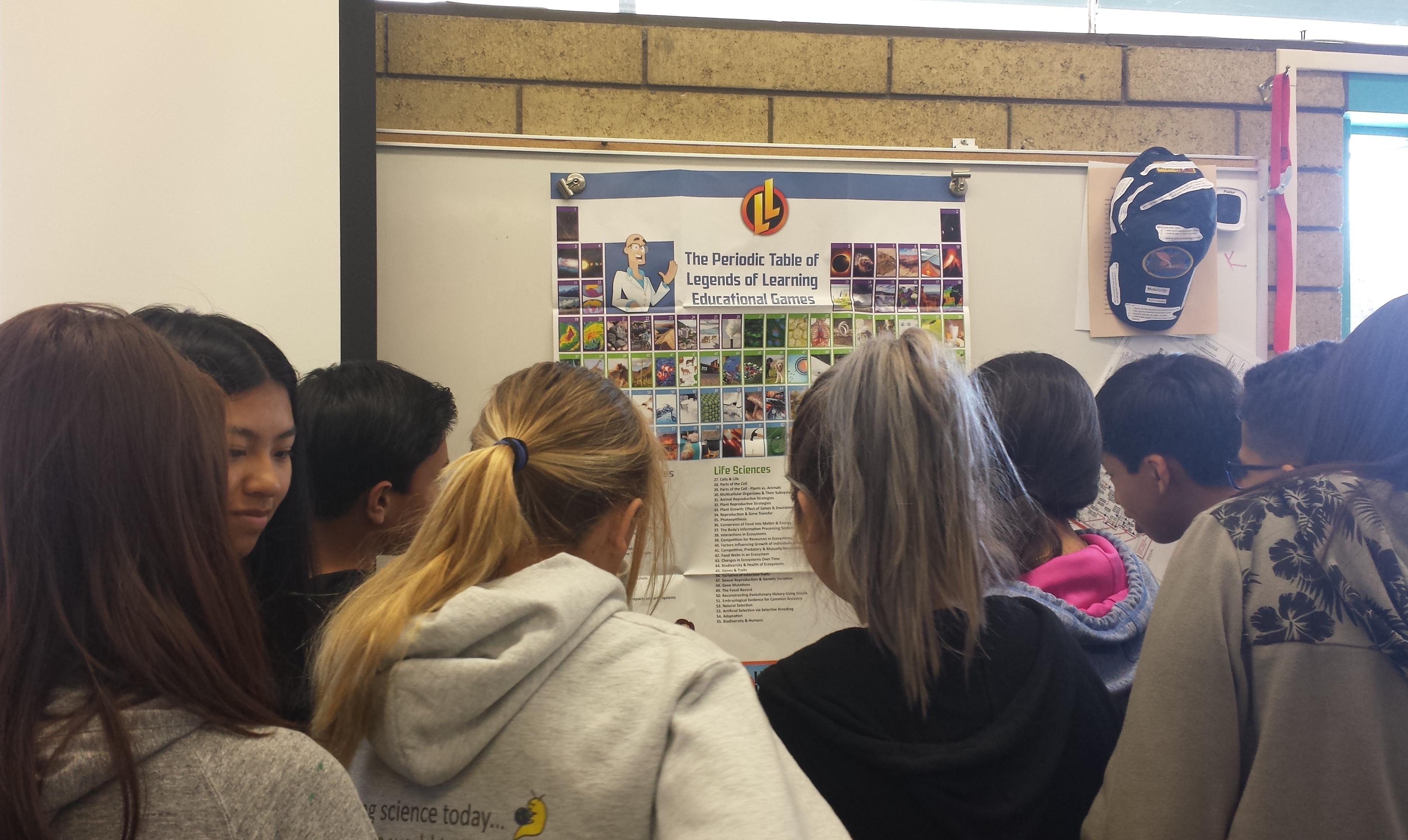
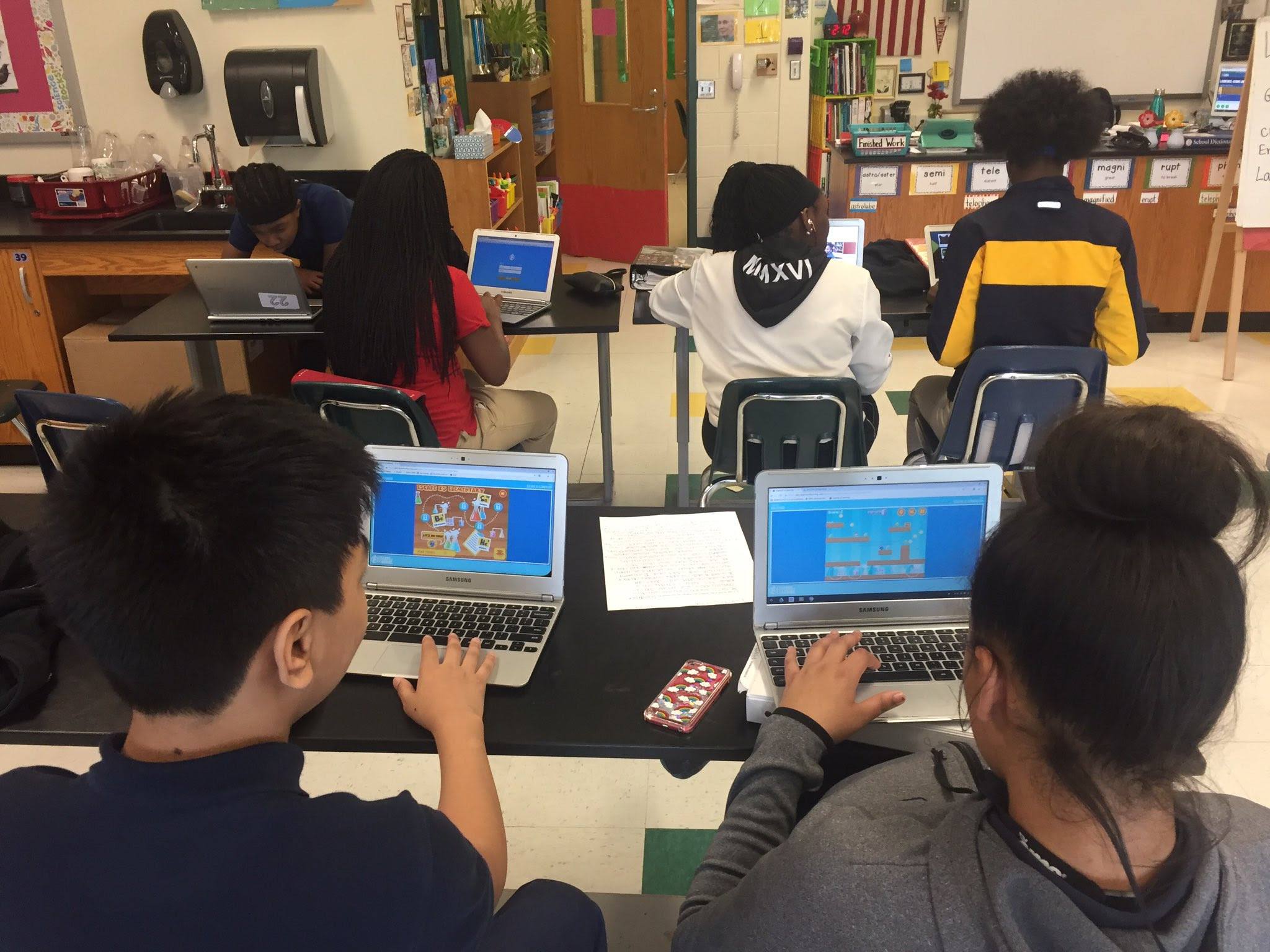

 Second, a teacher could meet with students in a virtual environment. Examples of such environments include
Second, a teacher could meet with students in a virtual environment. Examples of such environments include 